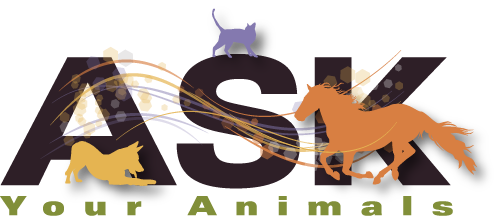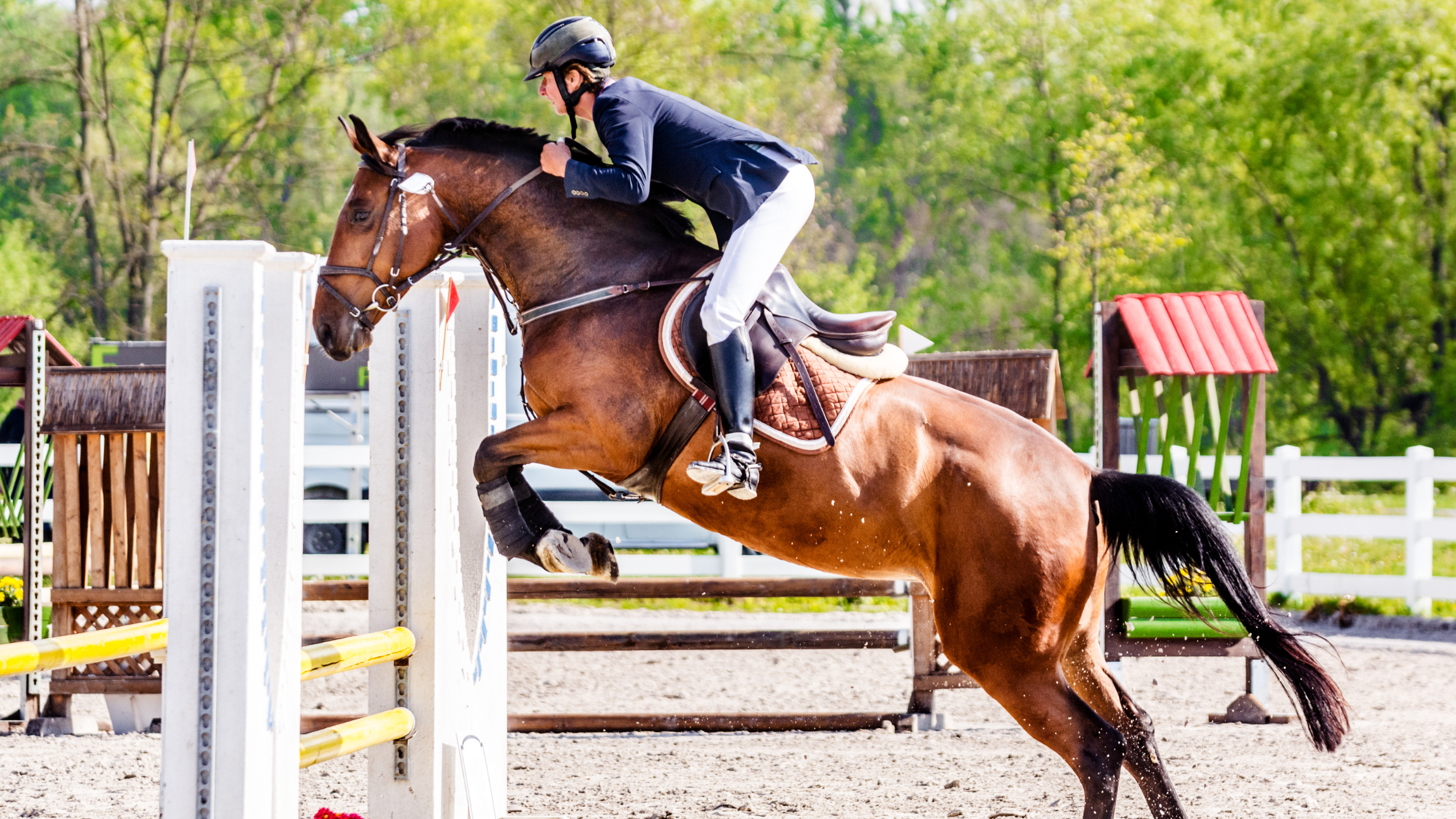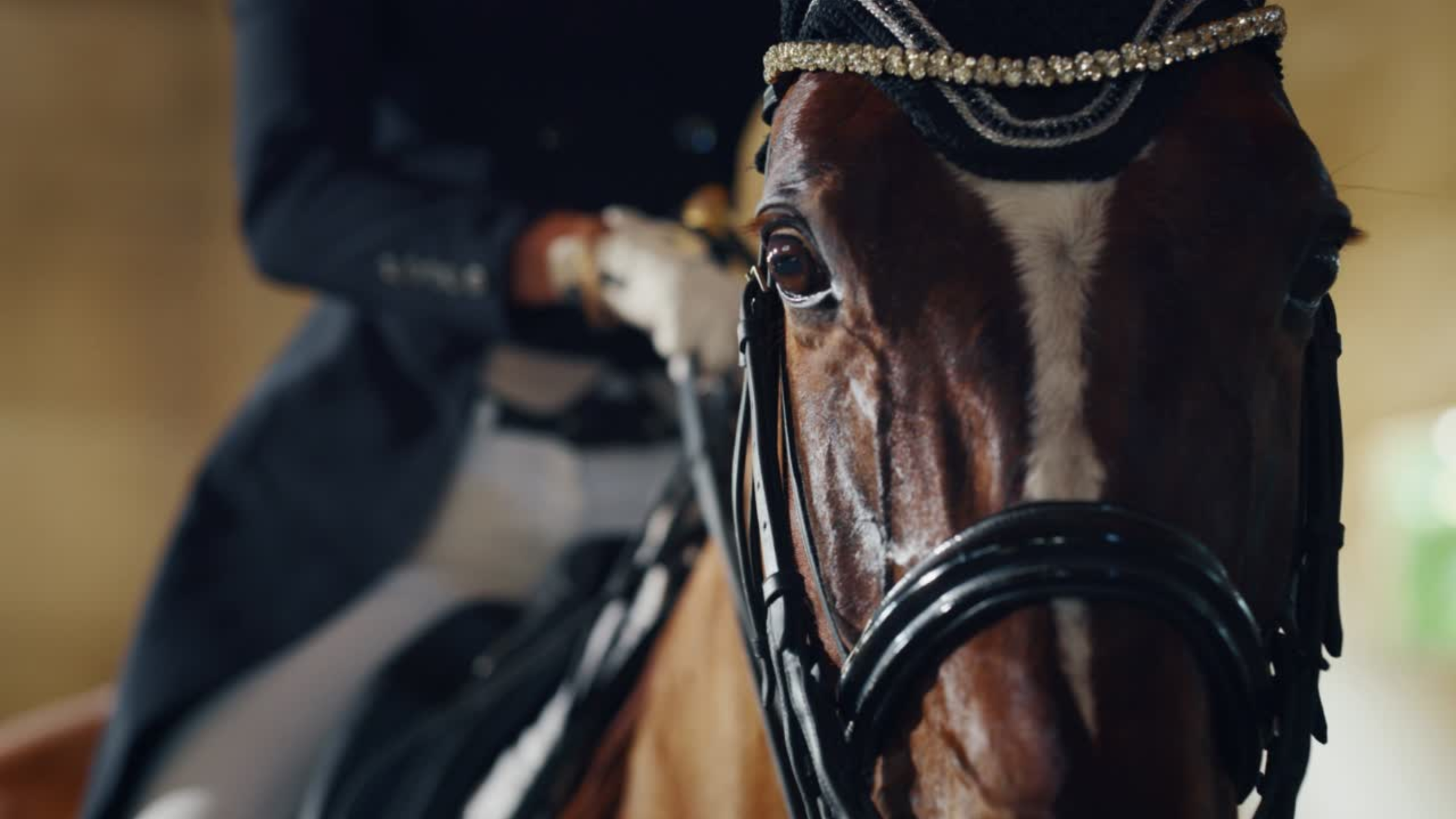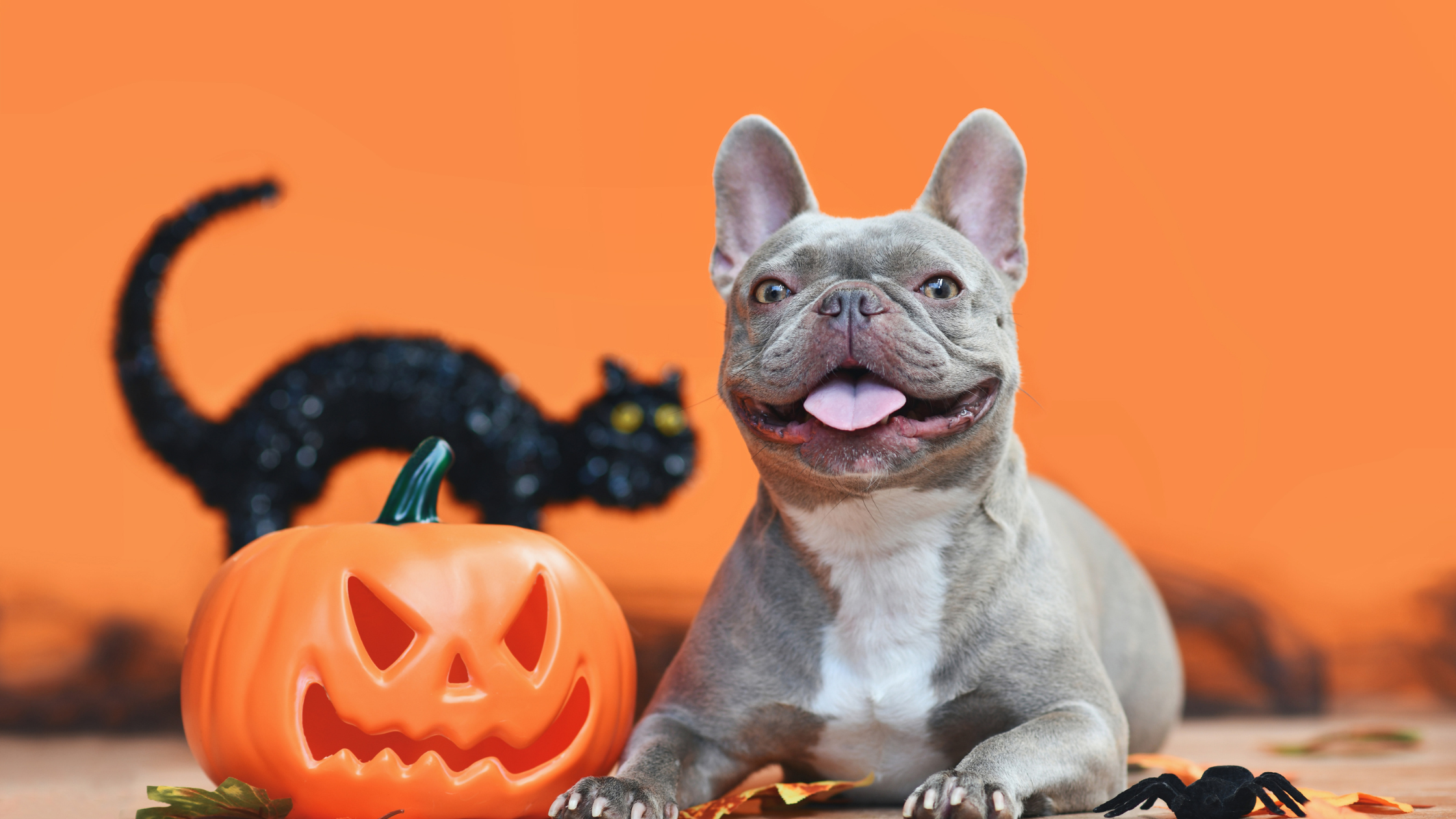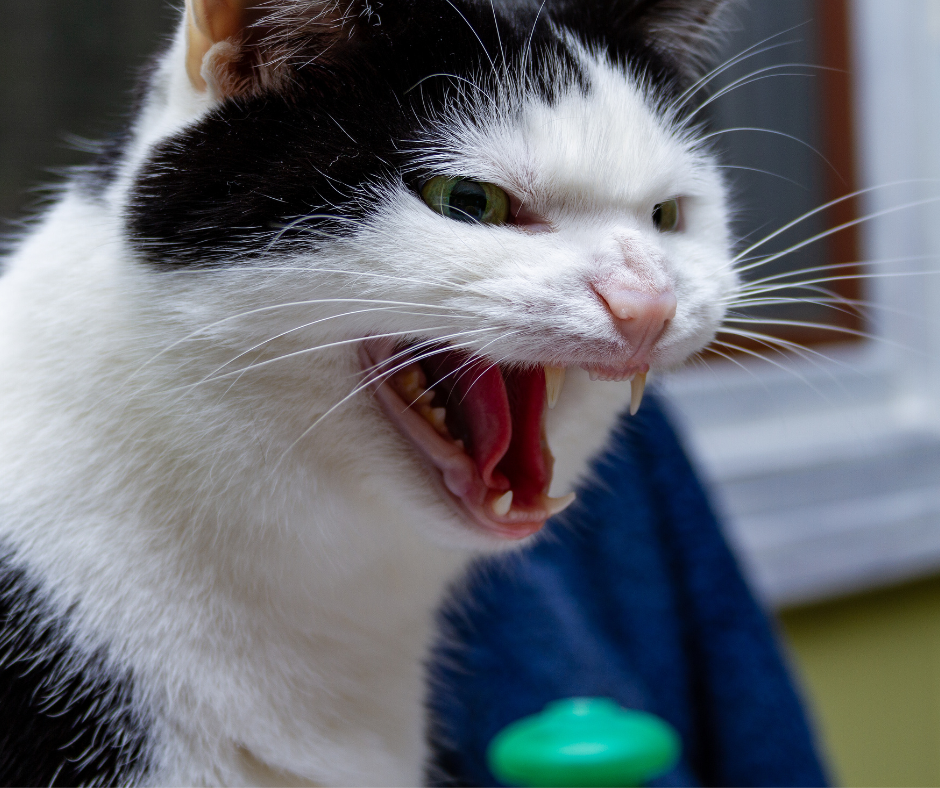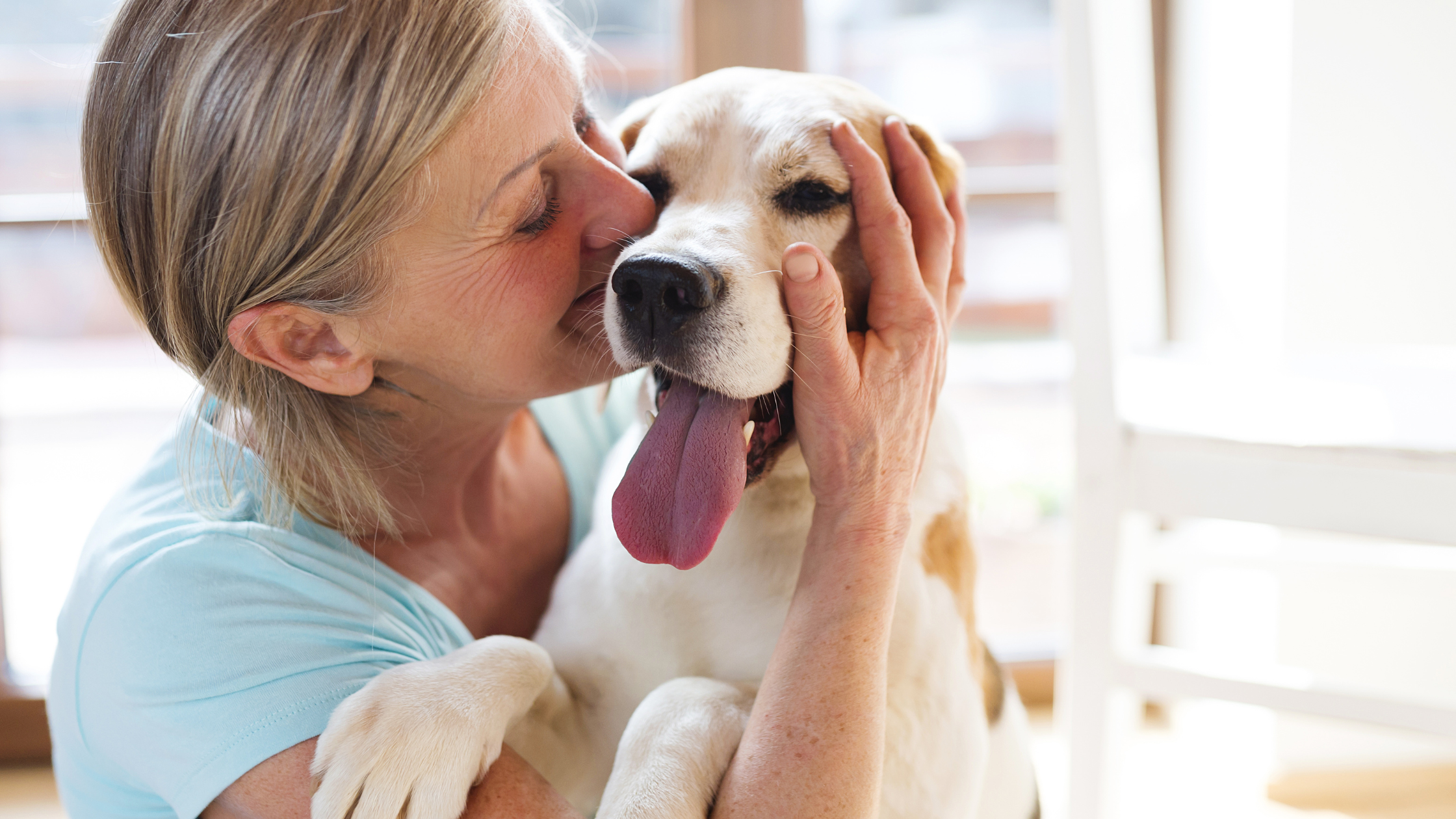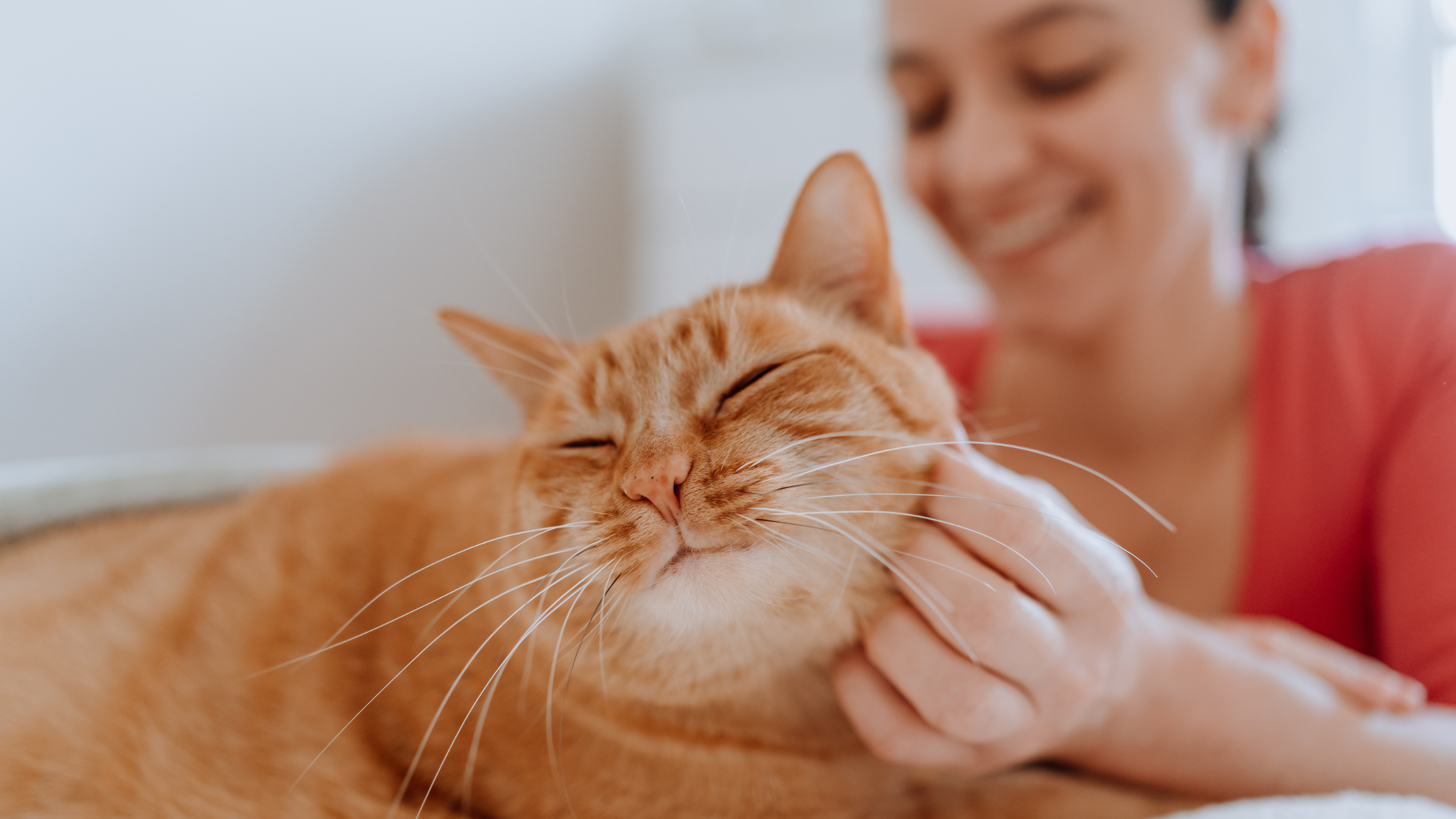As equestrians, we often end each show season reflecting on our own performance and achievements—be it the ribbons, judges’ comments, or the goals we set out to meet. Success in equestrian sports can mean different things for each rider, from mastering a new skill to simply getting the horse on the trailer and showing up. But how often do we consider our horses’ perspectives? Can we truly call it a partnership if only one voice is setting the goals?
In other competitive partnerships, such as figure skating or ballroom dancing, both partners communicate, coordinate, and compromise to create a shared vision for their performance. But in the equestrian world, the rider often drives the partnership, setting the path forward while the horse is expected to follow. When goals align with a horse’s natural abilities and temperament, the result can be harmonious. When they don’t, it can lead to frustration and stress for both partners.
Animal communication offers a powerful tool to bring our horses’ voices into this process. Here’s how it can deepen the bond between you and your horse, helping you truly partner in training and competition.
Communicate, Compromise, Coordinate
Working with an animal communicator can facilitate an open dialogue, allowing both horse and rider to share their experiences and goals. Through telepathic communication, a horse can convey their physical sensations, emotions, and even preferences, enabling a more balanced partnership. A few of the ways communication can help include:
- Creating a Shared Vision
By involving your horse in the process, you create a partnership where goals are mutual. During a session, an animal communicator can help convey your horse’s likes, dislikes, and potential areas of discomfort. For example, a driven dressage rider I worked with had ambitious goals, yet her horse seemed content with a more relaxed life. This mismatch led to frustration for both. Ultimately, the rider found a different horse more aligned with her competitive spirit, allowing her original partner to enjoy a quieter, happier life. - Identifying Physical Discomfort
Horses often experience physical challenges that are hard to detect without professional guidance. An animal communicator can help identify these, which can then be addressed through adjustments in training or equipment. Horses may share sensations such as soreness, saddle pressure points, or the need for more balance during certain movements. Simple tweaks based on this feedback can lead to significant improvements in comfort and performance. - Understanding Emotional Responses to New Environments
Many horses feel excited or anxious when traveling to new venues. They might become distracted by new sights and sounds, feeling overwhelmed without a chance to explore. Giving them time to settle in can make a significant difference in focus. One horse shared with me that they felt more grounded if allowed a few minutes to explore the environment before heading into the ring. Such feedback can help you prepare your horse mentally for the show ring.
Lessons from Performance Horses: What They’ve Shared
During my consultations, performance horses have shared invaluable insights about their experiences and even pain. Here are a few examples that reveal how these sensitive animals perceive their training and competitions:
- “My shoulder feels stiff when landing on the right lead over a fence. I feel more confident when we take one stride straight before bending to the right.”
- “When we arrive at a new place, I feel completely distracted by all the sights and sounds. I need time to settle before I can focus.”
- “The saddle puts more pressure on my right shoulder than my left. I have to take shorter strides on the right. Please balance it.”
- “The longer I stand in the stall, the more anxious I feel. I need to get out and walk more during the show.”
These messages weren’t spoken in words but were conveyed through emotions, imagery, and sensations, which I interpreted for their riders. When riders make even small adjustments based on this feedback, it often creates a ripple effect, improving trust, comfort, and cooperation between horse and rider.
Building a Harmonious Partnership
Animal communication opens a channel to understand your horse’s preferences, needs, and challenges. By allowing your horse to “speak,” you create a balanced partnership that encourages both partners to thrive. Through this dialogue, riders can build routines that honor their horse’s unique personality and limitations, leading to a more successful experience in the show ring.
In the end, every rider’s definition of success may differ, but achieving it becomes so much more meaningful when our horses’ voices are included in that journey.
